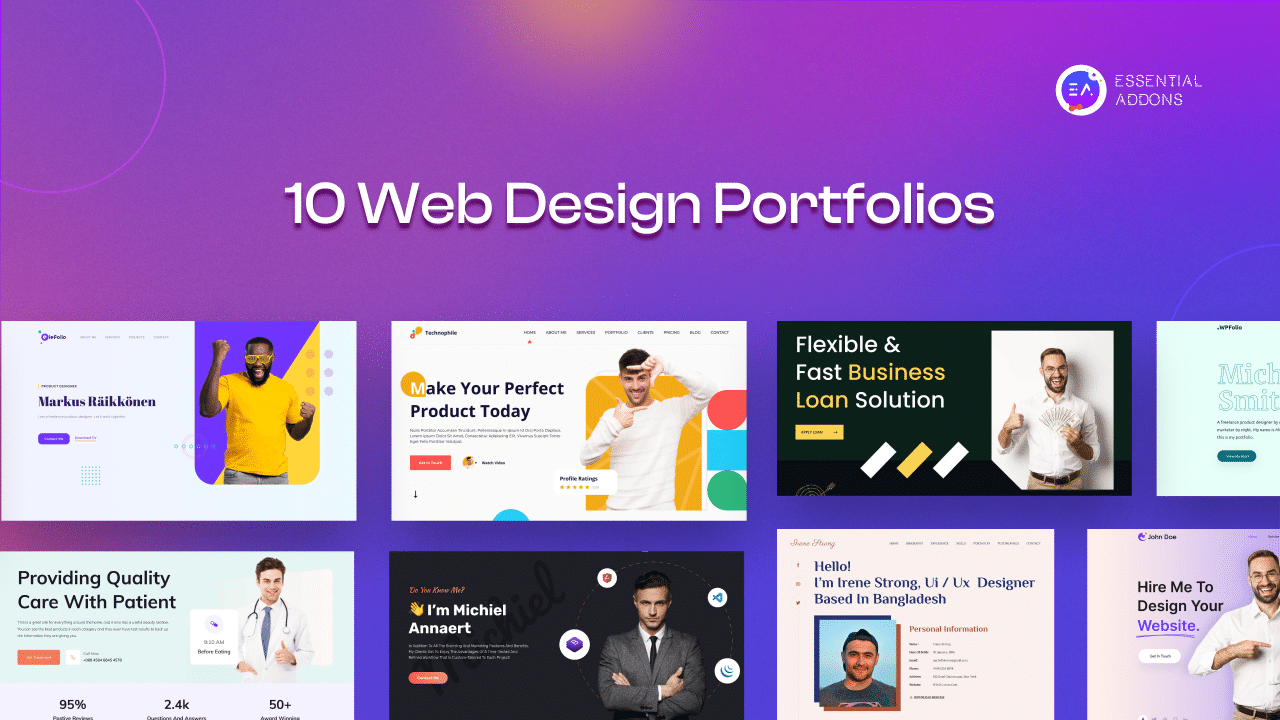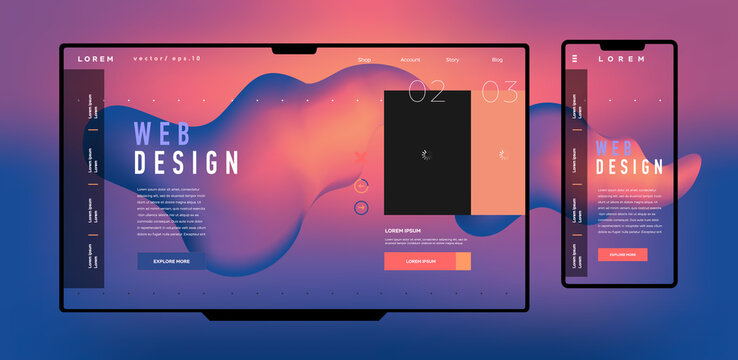Understanding the Key Principles and Best Practices of Modern Website Design to Attain Online Success
In the ever-evolving landscape of digital visibility, recognizing the crucial concepts and finest methods of contemporary internet layout is extremely important for companies intending for online success. By prioritizing user experience via components such as responsive design, visual power structure, and efficient SEO assimilation, organizations can develop accessible and appealing websites. Nonetheless, the subtleties of these concepts typically surpass mere visual appeals, influencing conversion rates and target market involvement in extensive means. The implications of these practices are far-ranging; discovering them better can reveal approaches that might transform an online platform into a powerful tool for growth.

Value of Customer Experience
Although numerous aspects add to effective web design, the relevance of user experience (UX) stands out as a critical component that can substantially affect individual involvement and satisfaction. UX incorporates all aspects of a customer's communication with an internet site, from the visual design to the navigational framework and web content access. A well-crafted UX makes sure that customers can effortlessly locate the info they seek, thereby reducing frustration and raising the probability of return visits.
Effective website design prioritizes use, guaranteeing that users can browse easily and with ease comprehend just how to engage with different elements. This includes incorporating clear telephone calls to action, logically organized web content, and responsive responses mechanisms that lead users with their trip on the site (web design Johannesburg). In addition, the emotional element of UX plays an essential function; a aesthetically appealing and cohesive layout fosters a sense of trust and reliability, motivating customers to engage more deeply with the material
Ultimately, buying individual experience not just boosts fulfillment but also enhances conversion prices, as customers are most likely to complete preferred activities when their experience is smooth and enjoyable. Consequently, focusing on UX is important for accomplishing on-line success in today's affordable landscape.
Responsive Design Fundamentals
The significance of receptive style hinges on its capacity to produce versatile internet experiences that deal with a varied variety of gadgets and display sizes. This principle makes sure that web sites are functionally effective and visually appealing, no matter of whether they are accessed on a tablet, smart device, or desktop computer computer.
To achieve this flexibility, developers employ flexible grids, fluid images, and media inquiries, which readjust the layout based upon the individual's tool attributes - web design Johannesburg. This methodology not just boosts use however likewise boosts accessibility, making sure that all customers can engage and browse with the web content effortlessly

Integrating responsive style is vital for modern-day internet growth, as it straightens with individual assumptions and improves interaction. Eventually, a well-executed receptive style technique results in enhanced web traffic, lower bounce rates, and higher conversion prices, strengthening its function as a foundation of effective web layout.
Search Engine Optimization and Website Design Assimilation
Integrating search engine optimization with website design is important for creating an effective on the internet presence, as it guarantees that websites not just draw in visitors however also give a smooth user experience. Reliable SEO approaches begin at the design phase, where elements such as site style, link structure, and mobile responsiveness play crucial roles in improving visibility on online search engine.
A well-structured website is important for both individual navigating and online search engine crawling. Utilizing semantic HTML tags aids browse engines understand the web content hierarchy, while descriptive Links improve click-through rates. In addition, optimizing page tons speed via style selections can significantly influence user retention and search rankings.
Material needs to be tactically placed within the design to focus on vital information, ensuring that both individuals and search engines can conveniently access pertinent web content. In addition, integrating keywords naturally into headings, photo alt texts, and meta descriptions additionally aligns the layout with SEO purposes.
Visual Hierarchy and Aesthetic Appeals
Establishing a clear visual pecking order is important for reliable internet layout, as it overviews customers' interest and boosts their total experience. A well-structured aesthetic pecking order enables individuals to effortlessly navigate through web content, stressing essential info while keeping a cosmetically pleasing design. This includes tactically using dimension, spacing, contrast, and shade to develop a clear difference between various elements moved here on the web page.
Larger font styles normally suggest headings or important information, while smaller sized text can denote second material. Color can be used not only to attract focus but also to develop a cohesive brand name identity. High contrast in between text and history more help readability, guaranteeing that users can conveniently discern the details provided.
Inevitably, incorporating these principles of aesthetic hierarchy and aesthetics not just boosts functionality yet additionally reinforces the general brand name message, cultivating a positive relationship between the user and the web site. In this way, clear visual power structure becomes a cornerstone of contemporary web style.
Access in Modern Design

Trick principles consist of supplying alternate message for pictures, ensuring adequate shade contrast, and enabling keyboard navigation. These techniques allow customers with visual impairments to gain access to web content meaningfully and help with interaction for those with flexibility obstacles. In addition, using semantic HTML aids screen visitors interpret web frameworks accurately.
Additionally, ease of access promotes better functionality for all customers, enhancing general individual experience and involvement. It can also improve seo (SEARCH ENGINE OPTIMIZATION), as accessible sites usually rank higher due to clearer content structures.
Eventually, focusing on accessibility in web style not just fulfills lawful and moral commitments yet also broadens the target market reach, fostering inclusivity and enhancing brand credibility. By integrating ease of access into the design process from the outset, internet developers can develop extra fair electronic settings that equip everybody to take part completely.
Final Thought
In conclusion, the concepts and best techniques of contemporary web layout are necessary for achieving on-line success. Prioritizing customer experience with receptive style, great site reliable SEO assimilation, and a distinct aesthetic hierarchy improves involvement and availability.
By prioritizing user experience via elements such as receptive design, visual power structure, and effective Search engine optimization integration, services can develop easily accessible and interesting sites.Although many variables add to successful internet design, the value of customer experience (UX) stands out as a vital component that can significantly affect user interaction and complete satisfaction.Efficient internet layout prioritizes use, guaranteeing that individuals can browse with ease and with ease understand how to communicate with different aspects.Developing a clear aesthetic power structure is essential for efficient web style, as it guides customers' focus and boosts their total experience. Focusing on customer experience via responsive design, effective SEO integration, and a distinct aesthetic hierarchy enhances involvement and accessibility.